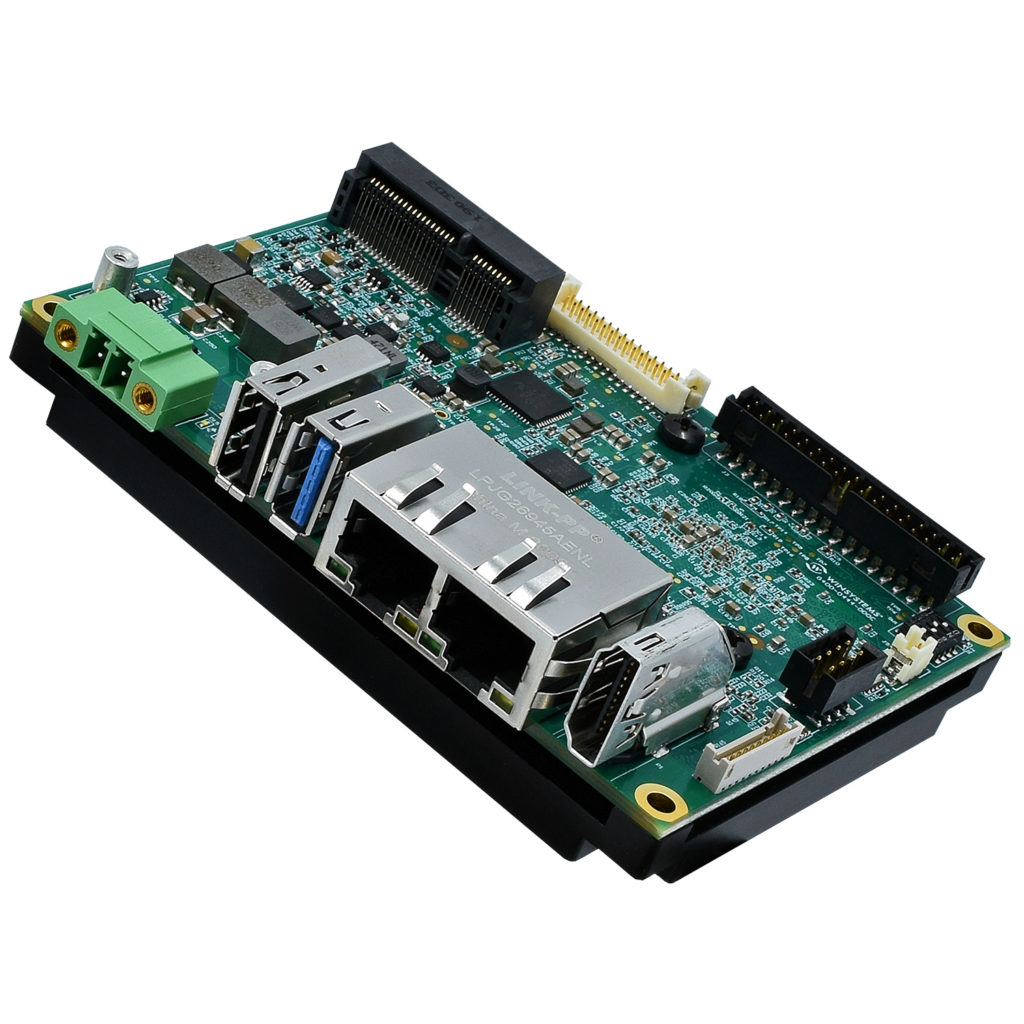
The Raspberry Pi has taken the embedded industry by storm. Everyone from high schoolers up to mainstream embedded developers are taking advantage of the architecture’s ease of use and large base of open-source software. But a key question that must be asked is whether the Pi is appropriate for industrial applications.
First, some background. Raspberry Pi:
- • can be purchased starting at around $35
- • has sufficient performance to run dual 4K displays, Ethernet, and more
- • provides an affordable single board computer (SBC) for education, prototyping, and (potentially) commercial use
- • has built an enormous community of developers
- • has proliferated an entire industry of enclosures, HAT (hardware attached on top) modules, and add-ons
With all that said, maybe the question should be, “Why not Raspberry Pi?” Unfortunately, the answer is that it depends on a variety of factors, including, but not limited to, the SBC’s operating environment, the ruggedness that’s required, the expected longevity, and the requirements for the end product.
Unfortunately, if you are designing truly industrial or high-reliability devices, Raspberry Pi probably won’t meet your requirements. There are some examples of Raspberry Pi being used for medical/healthcare applications in certain settings. But don’t assume that would be the case for all medical situations. The specs for the end systems generally come directly from the medical and diagnostic companies. Those specs would likely determine whether Pi is appropriate or not.
An important factor is that it could take years for a vendor to receive FDA approval for a given healthcare product. During that time, there could be many iterations of a Raspberry Pi, and availability could be an issue. Note that once a product is submitted for approval, no changes are allowed. Some exceptions could be made, however, for lower risk devices, depending on their classification.

Industrial environments, like transportation or industrial control and automation, have their own requirements, including shock and vibration testing, an operating temperature range of -40°C to +85°C, and more I/O and connectivity options than are typically offered on the Pi. A great alternative to a Pi-based board is the WINSYSTEMS ITX-P-C444 industrial SBC that’s built to the Pico-ITX form factor. It’s designed with NXP’s i.MX8M applications processor and packed with dual Ethernet, up to 4 Gbytes of LPDDR4 RAM, and other industrial I/O and expansion options. Industrial IoT applications requiring high performance in harsh conditions such as digital signage, industrial automation, energy, building automation, and others are well suited for the ITX-P-C444.
Coming back to the original question—to Pi or not to Pi, you must consider your use cases, such as whether you require 24/7/365 operation of the end product, a wide range of input power, and industrial Ethernet capability, where the SBC operates with protocols that provide determinism and real-time control.
You likely won’t have a problem finding a Raspberry Pi-based SBC that claims to operate in these industrial environments. Just be sure that its specs match those of your application. And while it may be perfect for prototyping, when you need something for more extreme environments or other highly reliable applications, let us know. We’ll be happy to work with you.
